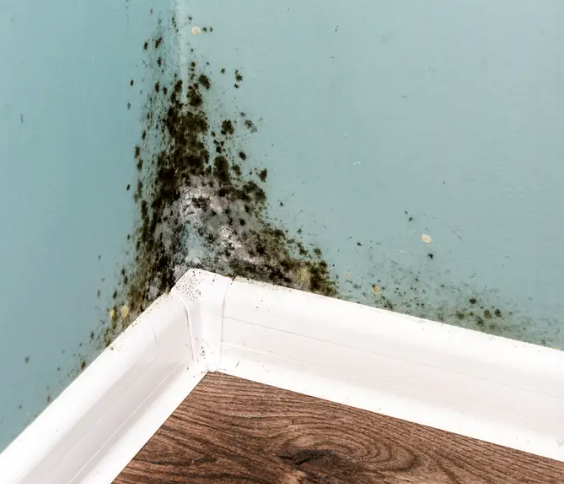
Mold can be a persistent and damaging presence in any home, posing risks to both the structure of the building and the health of its occupants. Whether caused by water damage, humidity, or inadequate ventilation, mold growth requires immediate attention and professional remediation to ensure the safety and well-being of your household. In this guide to mold remediation, we’ll explore the importance of addressing mold issues promptly, the dangers of mold exposure, and the steps involved in effective remediation.
Understanding Mold and Its Risks
Mold is a type of fungus that thrives in damp, dark environments. Common indoor molds include black mold (Stachybotrys chartarum), aspergillus, and penicillium. While mold spores are present everywhere in the environment, excessive moisture and organic materials such as wood, drywall, and carpet provide ideal conditions for mold growth indoors.
Exposure to mold can lead to a range of health problems, particularly for individuals with allergies, asthma, or weakened immune systems. Symptoms of mold exposure may include respiratory issues, nasal congestion, coughing, skin irritation, and persistent headaches. Prolonged exposure to mold can exacerbate existing health conditions and contribute to the development of respiratory infections and other serious illnesses. Our co worker John Lido, owner of Insulation Richmond VA, deals with mold every single day. He told me that he finds black mold on the inside of drywalls and on insulation mainly. From years and years of water leaking onto the surface, it causes dangerous black mold to form on the insulation and it needs to be replaced for health reasons.
The Importance of Prompt Remediation
Prompt mold remediation is essential to prevent further damage to your home and mitigate health risks. Mold growth can weaken structural components of the building, leading to wood rot, deterioration of drywall, and damage to insulation. Additionally, mold releases spores into the air, which can spread throughout the home and contaminate indoor air quality.
Addressing mold issues promptly can also save you money in the long run by preventing extensive damage that may require costly repairs. Early detection and remediation are key to maintaining a safe and healthy living environment for you and your family.
Steps Involved in Mold Remediation
Effective mold remediation requires a systematic approach to identify, contain, remove, and prevent mold growth. Here are the general steps involved in the mold remediation process:
Assessment: A certified mold remediation professional will conduct a thorough inspection of your property to identify the extent of mold growth and assess the underlying cause (e.g., water leaks, humidity levels).
Containment: To prevent the spread of mold spores to unaffected areas, the remediation team will set up containment barriers using plastic sheeting and negative air pressure systems.
Removal of Affected Materials: Mold-infested materials such as drywall, insulation, and carpeting will be carefully removed and disposed of following industry guidelines.
Cleaning and Disinfection: The affected areas will be thoroughly cleaned using specialized equipment and EPA-approved disinfectants to eliminate mold spores and prevent regrowth.
Drying and Dehumidification: Proper drying and dehumidification techniques will be employed to reduce moisture levels and inhibit mold growth.
Air Quality Testing: After remediation is complete, air quality testing may be conducted to ensure that mold spore levels have returned to safe, acceptable levels.
Mold remediation is a critical process for protecting your home and health from the harmful effects of mold exposure. By understanding the risks associated with mold, addressing issues promptly, and following professional remediation protocols, you can create a safe and healthy living environment for you and your family. Remember, when it comes to mold remediation, prevention and proactive maintenance are key to safeguarding your home against the damaging effects of mold growth. If you suspect mold issues in your home, don’t hesitate to contact a certified mold remediation professional to assess the situation and implement effective remediation measures. Your health and well-being are worth the investment in proper mold remediation and prevention strategies.


